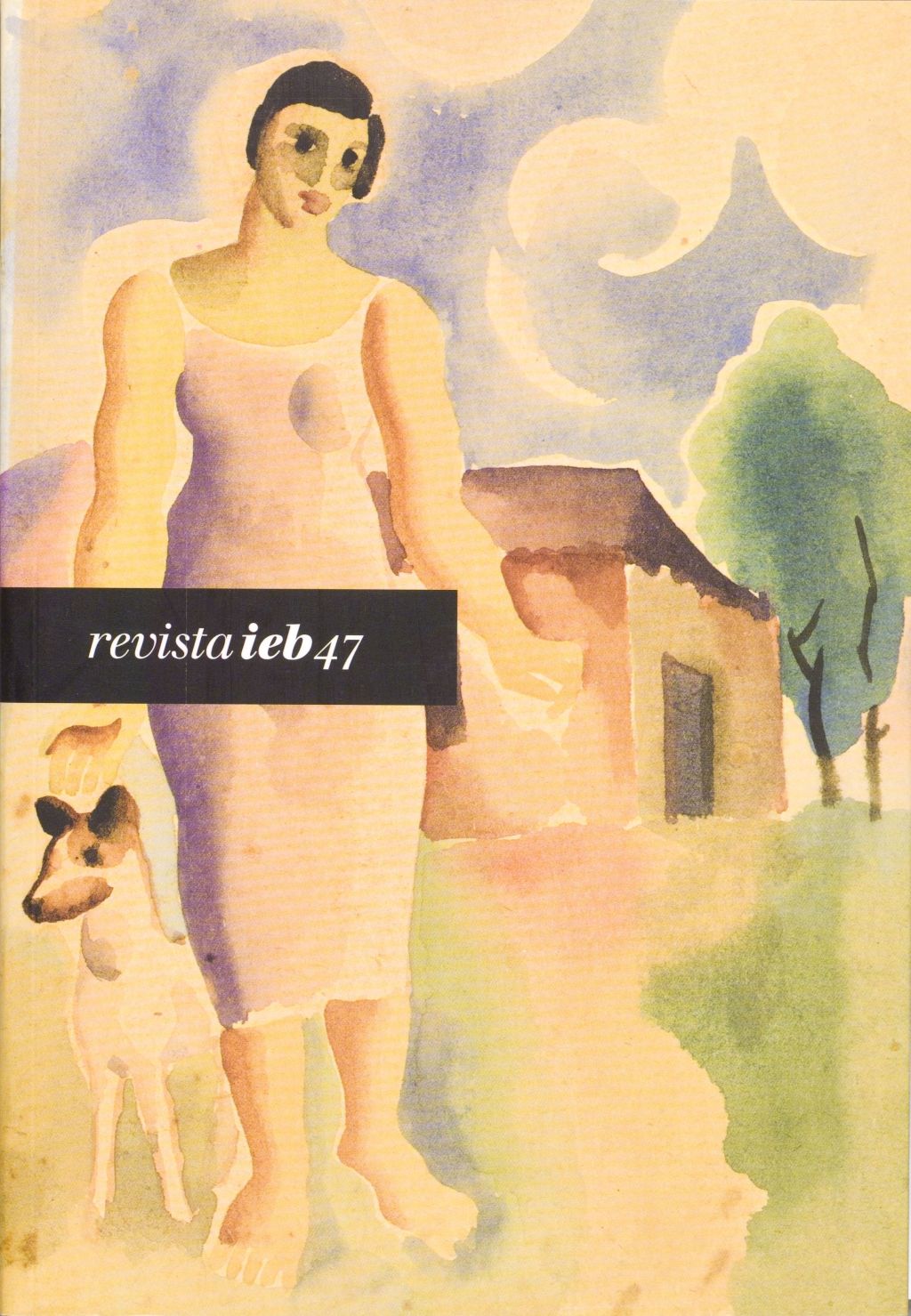Borders of disorder: knowing and craft in the experiences of Hélio Oiticica at Morro da Mangueira and Carlos Nelson Ferreira dos Santos at Brás de Pina
DOI:
https://doi.org/10.11606/issn.2316-901X.v0i47p93-114Keywords:
Hélio Oiticica, Carlos Nelson Ferreira dos Santos, popular culture, art, architectureAbstract
From two experiences which point towards a revision of the borders between specialized and popular knowledge, this article essays a broad approach to themes related to the intellectual options in 1960's Brazil. The experiences of the artist Hélio Oiticica at Morro da Mangueira, and the experiences of the architect Carlos Nelson Ferreira dos Santos at Brás de Pina favela, in Rio de Janeiro during that time, although being distinct from one another, present contents that, apart from the usual Marxist perspectives or partisan political back then, worked as a strategy to reinvent and transgress their own repertoire through which their fellow artists usually had operated, founding new ways to look at the popular organizational forms, bringing the alterity principle as a principle itself for the existence of their works. Their contributions to the discussion about the constitution of new possible institutions to new possible practices and to new possible subjects can be recognized, in that sense, as potential exercises to broaden and redirect the territories of knowledge and speech which construct themselves in a process of urban socialization, their ways of cultural manifestation, their conflicts, and their symbolical and spatial translations.Downloads
Download data is not yet available.
Downloads
Published
2008-09-01
Issue
Section
Articles
License
- Todo o conteúdo do periódico, exceto onde está identificado, está licenciado sob uma Licença Creative Commons do tipo atribuição CC-BY.
How to Cite
Pulhez, M. M. (2008). Borders of disorder: knowing and craft in the experiences of Hélio Oiticica at Morro da Mangueira and Carlos Nelson Ferreira dos Santos at Brás de Pina . Revista Do Instituto De Estudos Brasileiros, 47, 93-114. https://doi.org/10.11606/issn.2316-901X.v0i47p93-114



